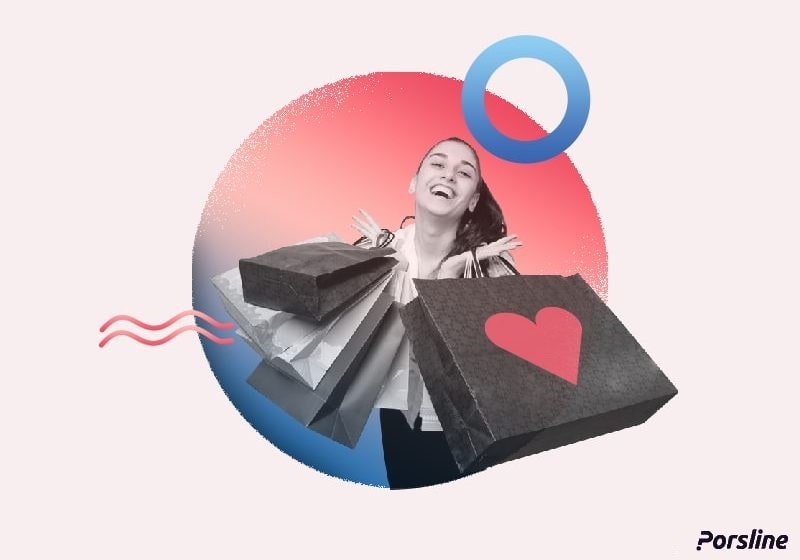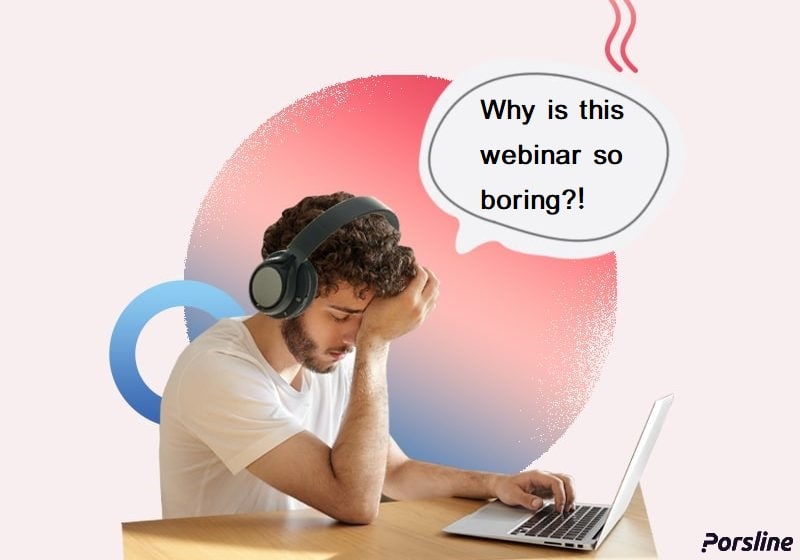The Ultimate Guide to Measuring Customer Loyalty

Maybe you think that the Customer Loyalty metric is obsolete and is no longer considered a standard for measuring customer and brand loyalty because nowadays, customers become loyal to a certain brand only by lowering prices, and if a brand raises its prices, customers will buy from somewhere else.
However, you should consider brands that didn’t follow this misconception and were still able to attract loyal customers. For example, Nike or Apple, which still have had many loyal customers for years despite the high prices of their products.
Of course, another misconception about brand loyalty is thinking that by increasing customer satisfaction, their loyalty will necessarily increase. That’s why a lot of companies go so far in meeting customer satisfaction and focus on meeting customer needs. It goes without saying that customer satisfaction is also important, but it doesn’t necessarily lead to customer loyalty. To prove this, Harvard Business Review mentioned in a study that about 65-85% of customers who became disloyal to a certain brand were either extremely satisfied with that brand or somewhat satisfied with it.
So here we are faced with the question of what factors contribute to building brand loyalty and improving customer experience and how these two metrics should be measured and analyzed. In this post, we’ll tell you about Customer Loyalty Index and the ways to measure it so that you can increase the number of customers loyal to your brand.
What is the customer loyalty index?
Customer loyalty is one of the main metrics of business. You can build customer loyalty when you build a positive, long-lasting relation with your customers. Simply put, if customers buy from you repeatedly and encourage others to buy from you, you have succeeded in achieving their loyalty to your brand.
Loyalty results from many positive interactions with brands and businesses and builds a sense of confidence over time.
Customers of a certain brand may be loyal for many reasons even though not all of their experiences may necessarily be positive. But, things like strong support, a sense of engagement with the brand’s values and ideals, or continued product quality may lead to customer loyalty.
Studies indicate that most organizations seek to increase customer loyalty, satisfaction, and retention by implementing and using “Voice of Customer” software. Different actions can indicate customer loyalty to your brand or organization, for instance, when a person or an organization remains your customer for a long time. Also, a person or organization will recommend your brand to friends and colleagues, and someone or an organization will buy more services or products from you. Moreover, these behaviors have different consequences for businesses ranging from attracting new customers to increasing the average revenue per customer.
Therefore, measuring customer loyalty plays an important role in determining the points that can be improved in the relationship with customers. Following this approach, an important part of customer studies has become known as Relationship Surveys.
Why is customer loyalty important?
Many statistics show that trying to retain customers is much less expensive than acquiring new ones.
This same reason can point the importance of customer loyalty. As you need to enhance and support marketing and customer loyalty programs that are done through building more effective customer relationships and customer experience programs.
Loyal customers can be beneficial to your business in other ways as well; brand promoters or people who do word-of-mouth marketing to your brand will attract more customers to you.
These promoters share their experience on social media, leave positive comments and tell their friends and acquaintances about you.
Finally, many companies believe that loyal customers spend more than others do and are less concerned about the price. As well, they will put less pressure on your support team when they are satisfied.
In order to more concretely understand the importance of customer loyalty, you need to calculate the cost of acquiring new customers in your business. To do so, we recommend the following:
Consider all the costs you paid for your marketing (starting from the cost of advertising and campaigns to the marketing employees’ salaries). By dividing this total cost by the total number of customers you earned, we get the cost that you have to pay to acquire each new customer.
For example, suppose you spent $10,000 on your marketing activities in one year, and by the end of the year you had 400 new customers. By dividing $10,000 by 400, we get $25, which is the cost of acquiring each new customer in your business.
Now suppose you wish to gain 1,000 new customers next year, how much should you spend to acquire them?
If we say that the cost of acquiring new customers is 5 to 25 times greater than making them loyal to your brand, we will realize that if your customers are loyal, you can save up to 25 times your costs.
Stages to convert a customer into a loyal one
According to Jill Griffin’s book «Customer Loyalty: How to Earn It, How to Keep It»: there are five stages to converting every customer into a loyal customer as follows:
- Convert potential audience into actual audience
- Convert real audience into first buyers
- Convert first buyers into regular customers
- Convert regular customers into loyal customers
- Convert loyal customers into advocates
In order to convert potential audience into advocates for your brand, you have to take several steps that would lead to improving your customer experience. Read this post to learn about ways to improve customer experience:
Customer experience management solutions to increase customer loyalty
Other steps you can take to increase customer loyalty are getting to know them better and seeing how close you are to your goals of making them loyal. Use the Buyer Persona Survey to identify your audience.
Ways to measure customer loyalty
Also, you can use a variety of customer loyalty surveys to better understand customer loyalty. If you want to improve customer loyalty, these steps are a good start:
- Serve your customers through many different channels. Don’t underestimate the power of social networks. Provide services to your customers in different ways like email, SMS, video calls, website, phone, and more.
- Improve your customer service and your own support. Even if your customers have had a negative experience in dealing with your services, support employees can erase that bad experience and create a positive one by listening to them and paying attention to their needs.
- Use social media properly. Social networks, as its name suggests, are places for social interaction. So, if you are just promoting your brand in this space without communicating with people, you should expect your customers to get frustrated soon, thus losing their loyalty.
- Using rewards and special offers for your loyal customers. These suggestions help you convert more customers into loyal customers.
- Survey customer feedback. Receiving feedback from customers gives them a sense of importance, and you can also use it to improve your business quality.
How is the customer loyalty index measured?
There are many standards and methods you can implement to know how loyal your customers are and what you can do to turn them into loyal customers.
Net Promoter Score (NPS) Index
Net Promoter Score Index gives you an understanding of how customers feel about your brand. It also shows how much customers care about your business so that they can recommend you and your brand to their friends and acquaintances. Furthermore, measuring this index helps you better understand the combination of customer satisfaction and loyalty. To read more about the NPS, we recommend you to read this post:
The Net Promoter Score (NPS) Index and its applications for your business growth
The level of interaction or engagement
The level of customer interaction with the brand outside the buying and selling environment shows how much each customer has invested in your brand. So, if you want to measure your customers’ interaction with your brand, you can calculate your social media interaction rate, e-mail click rate, website signup rate, or membership in customer loyalty programs.
Average Order Value (AOV)
Average order value is another important metric to measure the customer loyalty index. It helps you understand your customers’ spending habits and better identify opportunities to sell them more products.
To calculate this metric, simply divide the total annual revenue by the total number of orders that you have registered in one year.
Purchase Frequency (PF)
Considering the number of purchases per customer or Purchase Frequency is one of the things that you absolutely must do. It’s also important to know whether your customers purchase similar or different categories of products, as this shows to what extent and how well their different needs are met by you.
To calculate this metric, simply divide the total number of last year’s orders by the number of customers.
Customer Loyalty Index (CLI)
The customer loyalty index is a metric designed specifically to measure loyalty, and can also be used to measure how much customers are willing to stay loyal to your brand. This index is actually a combination of NPS, customer satisfaction index, and other important factors in measuring customer loyalty.
To calculate this index, you can conduct a survey or calculate it by dividing the number of customers who have bought from you more than four times by the total number of customers.
Customer Loyalty Measurement surveys/forms
With Porsline, you can measure your customers’ loyalty much faster and easier. All you need to do is register on Porsline and use the ready-made Brand Loyalty Index survey and other relevant surveys and templates. Here are some examples of ready-made templates to measure the Customer Loyalty Index:
The NPS survey
Customer satisfaction measurement survey
Customer loyalty index questions
Customer loyalty can include three types of behavior:
- Retention
- Advocacy
- Purchase
Customer loyalty behaviors can predict business growth. Therefore, before answering the question “what are the appropriate questions to measure customer loyalty?” You should know what metrics you want to improve in your business, what your business growth strategy is, and what current business challenges your business faces in terms of customers.
For example, if you are an Internet service provider and your churn rate is high, keeping customers may be important to you. And retention questions in the customer loyalty survey may be more important than questions for the other two types of behaviors. Or if you seek to increase average earnings per customer, questions about purchasing customers may be more important than customer advocacy.
Once your strategy and goals regarding customer loyalty have been defined, it’s time to place the questions.
Here are two questions for each of the three customer loyalty behaviors. You can use one of the two suggested questions.
- Retention: How likely is your current customer to remain a future customer and not seek out a competitor?
- How likely are you to use another provider/product?
(From 0: Extremely unlikely to 10: Extremely likely)
- How likely are you to renew your contract?
(From 0: Extremely unlikely to 10: Extremely likely)
- Advocacy: How much are your customers advocates of your service/product/brand?
- How likely are you to recommend us to your friends/colleagues?
(From 0: Extremely unlikely to 10: Extremely likely)
- In general, how satisfied are you with our performance?
(From 0: Extremely unlikely to 10: Extremely likely)
- Purchase: How much do customers increase their purchasing/consumption behavior?
- How likely are you to buy our other solutions/services in the future?
(From 0: Extremely unlikely to 10: Extremely likely)
- How likely are you to expand the use of our products in your organization?
(From 0: Extremely unlikely to 10: Extremely likely)
It is best to have each of these questions accompanied by a follow-up question.
The follow-up question is a text (open-ended) question that asks the customer about the main cause of the score they gave. It helps you understand the drivers of customer loyalty in your organization and distinguish strengths and weaknesses.
A comprehensive view of customer loyalty and a focus on relevant business indicators help you constantly get tangible results from customer surveys, feedback, and customer voice program.
Conclusion
All managers know that underestimating customer loyalty to a certain brand will compromise brand credibility and reputation. Customer loyalty is directly linked to your business and brand growth. So start now by creating a strategic plan to manage your brand’s customer loyalty and use the relevant survey types correctly in an organized program.
If you have any questions about these surveys and how to use them, feel free to contact the Porsline Support Team.




